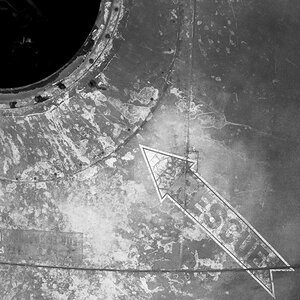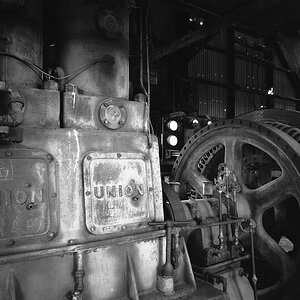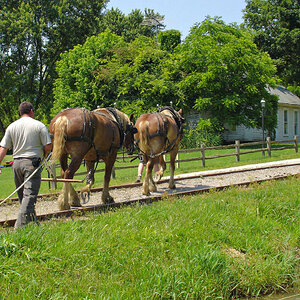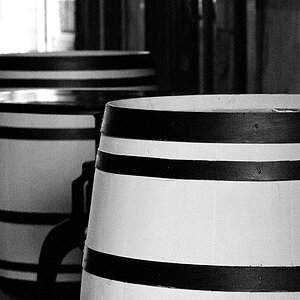Tee
Been spending a lot of time on here!
- Joined
- Mar 26, 2010
- Messages
- 1,954
- Reaction score
- 625
- Location
- South central PA
- Can others edit my Photos
- Photos NOT OK to edit
Hi folks-
I recently purchased a 1967 Nikkormat FT N camera. I love it. It "feels" like a camera compared to my FM-10. I haven't had a chance to get any film developed so I was wondering how accurate the built in matchstick style metering is. I'm using the Sigma 28mm 2.8 mini-wide lens on it. Does anyone have any experience using this camera? Thanks!
I recently purchased a 1967 Nikkormat FT N camera. I love it. It "feels" like a camera compared to my FM-10. I haven't had a chance to get any film developed so I was wondering how accurate the built in matchstick style metering is. I'm using the Sigma 28mm 2.8 mini-wide lens on it. Does anyone have any experience using this camera? Thanks!









![[No title]](/data/xfmg/thumbnail/32/32808-9d1f657a1903d3bdbd67ea830397d62c.jpg?1619735668)


![[No title]](/data/xfmg/thumbnail/42/42326-1e75ade9716f7e863d85def8d13cf591.jpg?1619740127)
